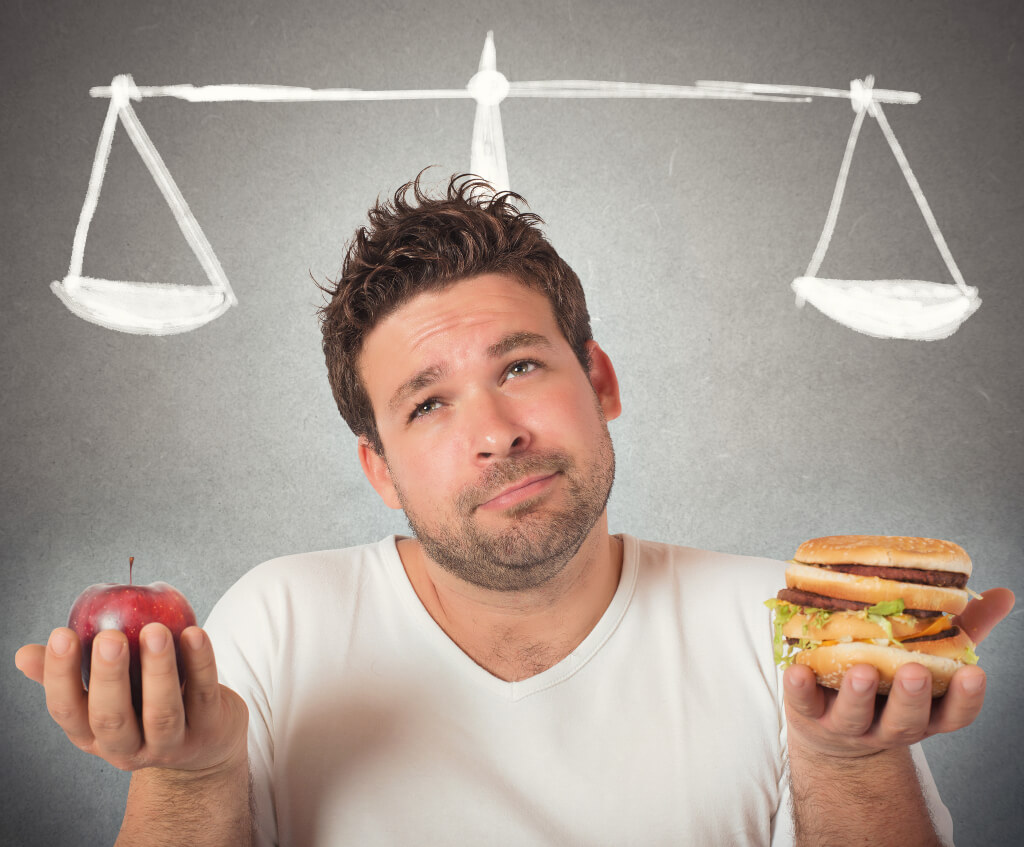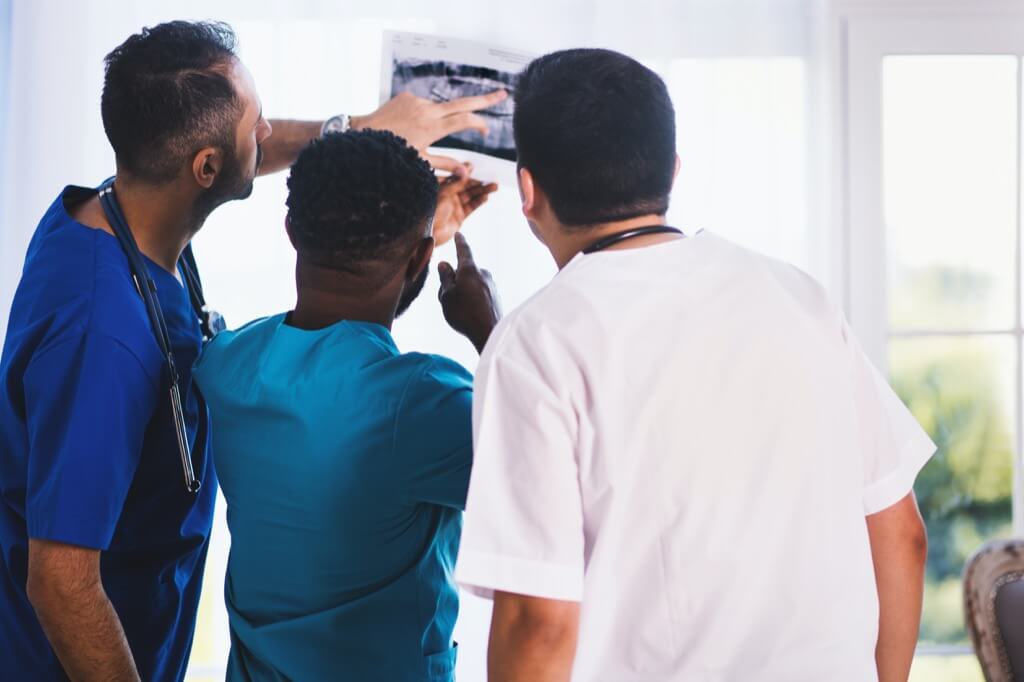We’ve all watched it on television – a middle-aged character suddenly clutching their chest, their face contorted in pain, collapsing to the ground. These dramatic portrayals pose questions. What transpires within the confines of the ribcage during a heart attack? Why does it cause such agonizing pain? And is this portrayal even accurate?
The heart, our life’s metronome, has a crucial role in pumping oxygenated blood throughout the body. This intricate organ dances to a four-chambered rhythm, orchestrated by electrical signals and a network of arteries. Any deviation from this rhythm, such as a blockage in the arteries, can be catastrophic. Unlike other organs, the heart gets its sustenance not during contraction, but when it’s at rest. If this lifeline – the coronary arteries – is compromised, the heart is starved of vital oxygen.
Contrary to popular belief, not all blockages are born from excessive indulgence in fatty foods. Cholesterol plaques can rupture, forming emboli that block the blood supply to the heart. These emboli, wanderers of the circulatory system, can have different origins – from cardiac disorders like atrial fibrillation to prolonged immobility, like during a transcontinental flight. There are other culprits too: a blood vessel might rupture, or there can be spontaneous spasms in the coronary arteries. This unpredictability is what makes heart attacks so daunting.
Alas, the Onset of a Heart Attack Doesn’t Always Follow the Hollywood Script
Symptoms vary, from chest tightness and breathlessness to nausea and excessive sweating. The source of these symptoms isn’t always a heart attack. It could be angina, a less severe form of heart distress caused by a transient reduction in blood flow, rather than a complete cessation. Regardless, if you’re feeling any of these symptoms, it’s better to consult a medical professional than to hope for the best. Playing a waiting game could cost you dearly.
Some startling facts about heart attacks:
- Approximately 14 million Americans have been victims of a heart attack or have endured severe chest pain.
- Tragically, about half of all heart attack victims succumb within the first hour, outside a medical facility.
- Among those who reach a hospital, the early fatality rate stands at 6-9%.
- Curiously, Monday mornings are the peak time for heart attacks, followed closely by Saturday mornings.
- Quick thinking can be lifesaving. Chewing an uncoated aspirin at the first hint of chest discomfort can reduce heart damage.
- Heart attacks drain over $60 billion annually from the U.S. economy.
- And here’s a linguistic tidbit: the layman often uses “heart attack”, “myocardial infarction”, and “cardiac arrest” interchangeably. But in medical parlance, they have distinct meanings. The last one signifies a complete halt in heart function, which can be fatal.
Understanding the Impact of a Heart Attack
Physical Consequences
After surviving a heart attack, the heart’s function can be compromised, leading to various physical repercussions. The extent of the damage largely depends on the duration the heart muscle went without oxygen. A heart that has been deprived for an extended period might have sustained significant damage. This damage can affect the heart’s pumping ability and lead to conditions like heart failure, where the heart can’t pump blood effectively to support the body’s needs.
Emotional and Psychological Toll
Surviving a heart attack isn’t just a physical journey; it also brings about emotional and psychological challenges. Many survivors experience feelings of depression, anxiety, fear, and anger post-attack. There’s an ever-present fear of a recurring episode. It’s crucial to recognize these feelings and seek professional help if needed, as untreated emotional trauma can hinder recovery.
Lifestyle Changes and Medication
Post a heart attack, significant lifestyle alterations are usually in order. These changes could range from dietary modifications, increased physical activity, quitting smoking, and reducing alcohol intake. Apart from lifestyle modifications, survivors are often prescribed medications to manage cholesterol, blood pressure, and diabetes, and to prevent blood clots. Regularly taking these medicines and following medical advice is crucial for long-term recovery and preventing another heart attack.
Cardiac Rehabilitation
Many heart attack survivors benefit from cardiac rehabilitation in a medically supervised program designed to improve cardiovascular health. This program focuses on exercise training, educating about heart-healthy living, and offering counseling to reduce stress. Participating in such a program can be instrumental in regaining strength, preventing future heart complications, and improving quality of life.
Regular Monitoring and Check-ups
After experiencing a heart attack, regular check-ups become a non-negotiable aspect of life. These check-ups allow doctors to monitor heart function, track recovery, adjust medications, and address any new or ongoing symptoms. Regular monitoring can detect complications early and plays a pivotal role in ensuring the survivor’s long-term well-being.
The Importance of Support Systems
Navigating life after a heart attack can be challenging. Hence, a robust support system is invaluable. This support can come from family, friends, or support groups consisting of other heart attack survivors. Sharing experiences, fears, and hopes can make the recovery journey less isolating and more manageable.
Are You on the Brink of a Heart Attack?
Understanding the Symptoms
A heart attack doesn’t always strike out of the blue. Often, there are warning signs that something is amiss. Familiarize yourself with these symptoms so you can take action if they arise:
- Chest Discomfort: You might feel pain, pressure, or a squeezing sensation in your chest. This discomfort can last for a few minutes, come and go, or intensify with activity.
- Shortness of Breath: If you’re struggling to breathe without any apparent reason, it might be a sign that your heart is not functioning optimally.
- Upper Body Pain: Sometimes, pain can radiate to other parts of your upper body like arms, back, neck, jaw, or stomach.
- Other Symptoms: Nausea, lightheadedness, cold sweats, or unusual fatigue can also precede a heart attack.
Monitor Risk Factors
Certain factors increase your risk of heart disease. By keeping tabs on them, you can gauge your susceptibility to a heart attack:
- High Blood Pressure and cholesterol: Regularly get your blood pressure and cholesterol levels checked. Elevated levels can be silent indicators of heart disease.
- Lifestyle Habits: If you smoke, are physically inactive, or consume a diet high in saturated fats and sugars, you’re increasing your heart attack risk.
- Family History: If heart attacks or heart diseases run in your family, you might be at a heightened risk.
Triggers to Look Out For
Certain situations or activities can act as triggers:
- Physical Exertion: An unusual amount of physical activity, especially if you’re not used to it, can precipitate a heart attack.
- Emotional Stress: Intense emotions, both positive and negative, can trigger heart issues.
- External Conditions: Cold weather or even a heavy meal can sometimes bring on a heart attack in vulnerable individuals.
FAQs: Quick Answers to Your Burning Questions
- Q: I have chest pain, but it went away after a few minutes. Should I still be worried?
- A: Yes. Not all heart attack symptoms are prolonged. If in doubt, seek medical help.
- Q: Can heart attack symptoms differ between men and women?
- A: Absolutely. While chest pain is common in both, women are more likely to experience other symptoms like shortness of breath, nausea, or back and jaw pain.
- Q: I feel fine overall. Can I still be at risk?
- A: Heart disease can be silent. Regular check-ups, understanding your risk factors, and listening to your body are essential.
Listen to Your Body
Your body has its way of signaling when something’s off. If you feel “off” or “different” without any explainable reason, don’t dismiss it. Trust your instincts, and when in doubt, always seek medical advice. Remember, with heart attacks, time is muscle. The quicker you act, the better your chances of recovery and survival.




